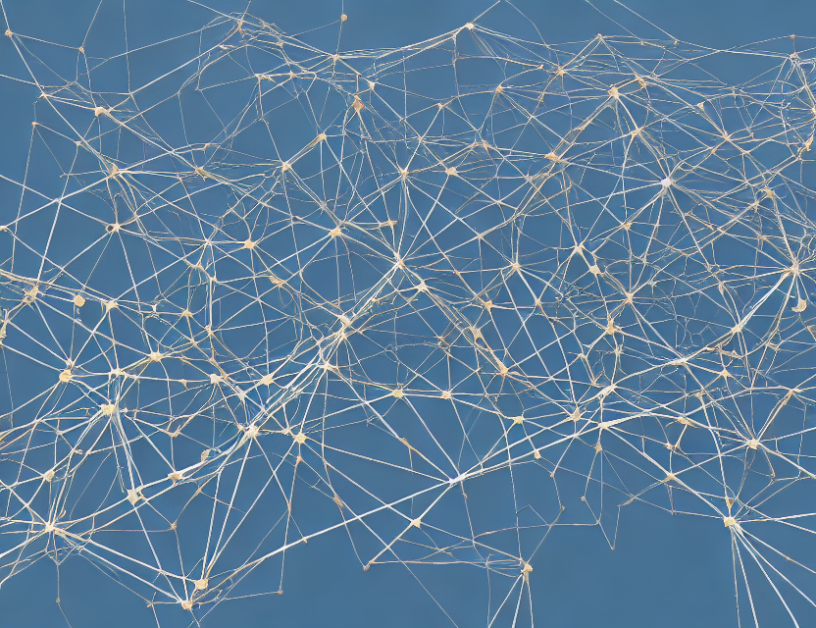Collaborative learning is when students work together to learn something new. Researchers use network analysis to understand how students interact with each other and with materials like computers or books. This analysis helps them see who talks the most, who listens the most, and who has the most connections. By understanding these relationships, researchers can figure out which students are leaders or followers in the group and why. They can also see if there are any invisible students (students who don’t participate much) and how to help them join the conversation.
Network analysis is like a map of a city. Imagine you’re trying to find the best way to get from one place to another. You would look at roads, buildings, and other landmarks to figure out the best route. In network analysis, researchers look at connections between people (students) and materials (computers or books) to see how they interact. They can also see how connected each student is to others and how well they communicate with them.
In small group collaborative learning activities, if researchers use bipartite network analysis to model student-artifact interactions and then convert the bipartite networks into student-student networks, they find that the converted graph usually becomes a fully connected network because there are only three or four student nodes. This allows researchers to use traditional social network measures like betweenness centrality, closeness centrality, or clustering coefficients to understand the roles students take in discussion forums or how the association of network measures operationalizes social capital with academic performance [15].
In summary, collaborative learning is a way for students to work together to learn something new. Researchers use network analysis to see who talks the most, who listens the most, and who has the most connections in the group. By understanding these relationships, they can help invisible students join the conversation and improve collaboration.
Computer Science, Social and Information Networks
Collaborative Annotation in Online Learning Environments: A Network Analysis Approach



